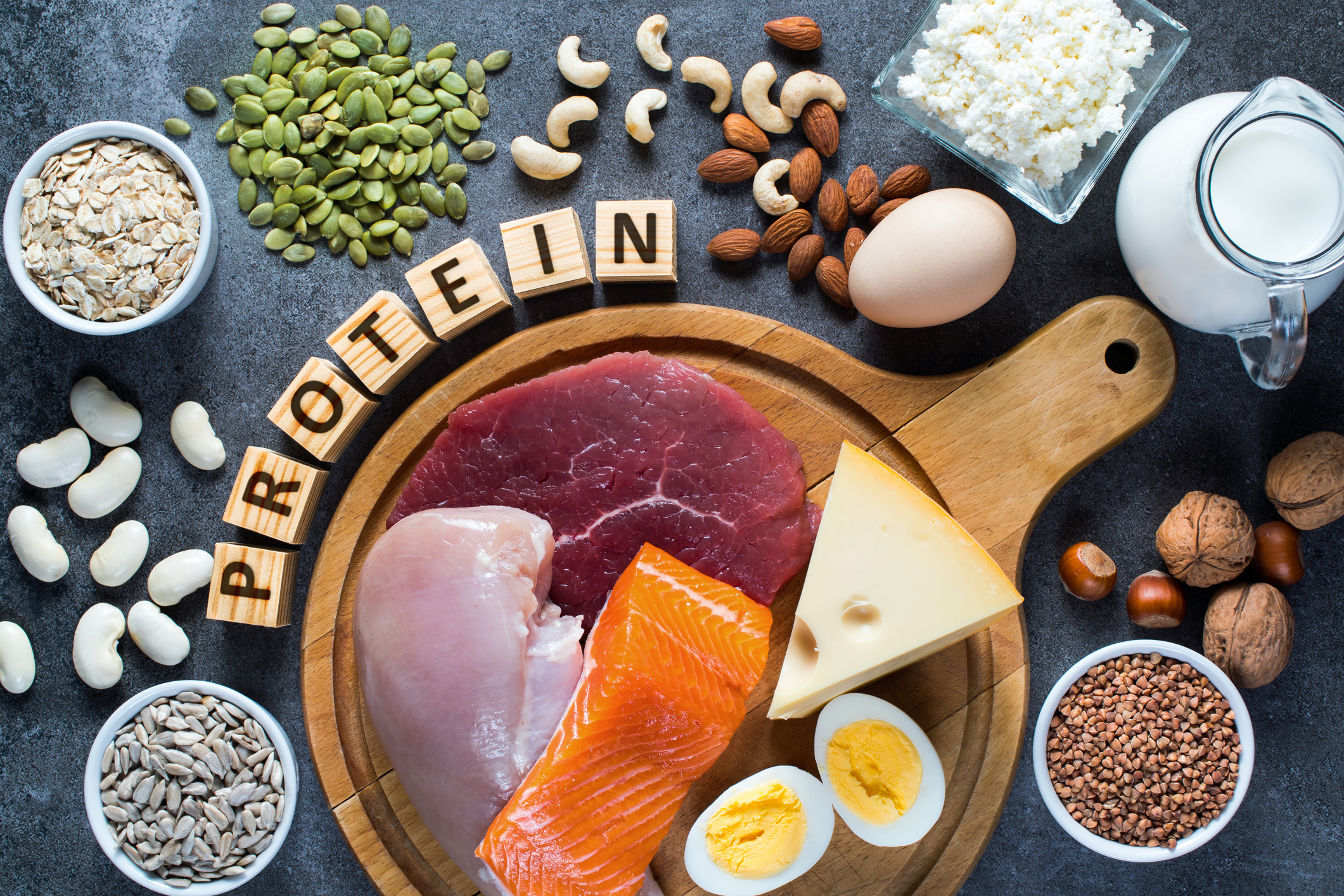

Nearly half of the American population has high blood pressure. And that puts them at greater risk for heart attack, stroke and damage to the circulatory system, among other conditions.
But what’s really odd is that for most adults, there’s no identifiable cause of their high blood pressure. The Mayo Clinic calls this essential hypertension, and it tends to develop gradually over years.
Among risk factors are age, activity levels and diet. For instance, a high sodium diet can contribute to the development of hypertension and make it harder to manage if you are already hypertensive. People with high blood pressure should keep it between 1,500 mg and 2,300 mg daily, depending on how elevated their pressure is.
The DASH diet focuses on keeping salt intake low and consuming whole foods, fat-free or low-fat dairy, whole grains, and lean meats, fish and poultry. Some studies show just 14 days on the DASH diet can bring your blood pressure down. It would also be a good diet to follow if your risk for hypertension is high.
So while everyone is aware of the salt connection to hypertension, you may hear less about the protein connection, even though previous research found consuming at least 3.5 ounces of protein a day lowers that risk by more than 40 percent.
In 2021, the American Heart Association started advising people to eat one to two servings (about 5.5 ounces) of protein daily for good heart health.
But there’s an important part of the message, fewer people may be heeding: They recommended most of this protein come from plant sources, although it can include some seafood, low-fat or fat-free dairy products and lean, unprocessed forms of meat or poultry.
In other words — it’s important to get your protein from a variety of sources, especially if you want to keep high blood pressure out of your future…
Variety matters at keeping high blood pressure at bay
An observational study of nearly 12,200 adults in China found a possible link between eating protein from a greater variety of sources and a lower risk of developing high blood pressure.
The researchers analyzed data from those adults who were part of at least two rounds of the China Health and Nutrition Survey taken every two to four years from 1997 to 2015. The average age of participants was 41, and 47 percent were men.
The sources of protein were divided into eight groups: whole grains, refined grains, processed red meat, unprocessed red meat, poultry, fish, eggs and legumes. Participants received a protein “variety score” based on the number of different sources of protein they ate.
Researchers then measured the association between the protein variety score and new-onset hypertension in the participant’s last recorded survey.
They found that more than 35 percent of the nearly 12,200 participants developed new-onset high hypertension. And differences in how they consumed protein told a distinct story…
- Variety is much better: Compared to participants with the lowest variety score for protein intake (less than 2), those with the highest variety score (4 or higher) had a 66% lower risk of developing high blood pressure.
- Don’t consume too much: For each of the 8 protein types, there was a window of consumption amount where the risk of hypertension was lower. Researchers described this as the appropriate level of consumption.
- There’s a sweet spot for protein intake: When total quantity of protein intake was considered, the amount consumed was divided into five categories (quintiles), from least to most intake. People who ate the least amount of total protein and those who ate most protein had the highest risk for new onset of hypertension.
“The heart health message is that consuming a balanced diet with proteins from various different sources, rather than focusing on a single source of dietary protein, may help to prevent the development of high blood pressure,” says study author Dr. Xianhui Qin of Southern Medical University in Guangzhou, China.
Best types of plant protein for your heart
If you’re like most Americans, you get the bulk of your protein from animal sources. To follow the most recent American Heart Association guidelines and up your plant protein consumption, consider adding fish and these heart-healthy vegetarian foods to your diet. All of them are commonly consumed in Blue Zones, areas of the world where people tend to live the longest and healthiest lives:
- Beans — Studies have linked beans to lower blood pressure. Eating a cup of beans every day could add four years to your life expectancy.
- Lentils — These tiny legumes are packed with fiber, folate and potassium, all of which help manage blood pressure and cholesterol. The iron and vitamin B1 in lentils can also help maintain a regular heartbeat.
- Chickpeas — These legumes are rich in soluble fiber and help to keep blood sugar levels stable.
- Tofu — Tofu is rich in isoflavones, which are found in soybeans and other legumes. According to one study, people who ate a serving of tofu or another food containing isoflavones at least once a week had an 18 percent lower risk of developing heart disease compared with those who ate these foods less than once a month.
- Nuts — Each type of nut has its own unique health properties, but they’re all high in protein and good for your heart. Nuts have lots of antioxidants, which help support good blood flow. And they’re also rich in monounsaturated fats that lower your risk of heart disease.
Sources:
Eating protein from a greater variety of sources may lower risk of high blood pressure — American Heart Association
‘I’m a Cardiologist, and These Are the 7 Best Sources of Protein I Recommend Eating for Heart Health and Longevity’ — Well + Good
Top 5 health benefits of lentils — BBC Good Food
Tofu may help your heart — Harvard Health Publishing
